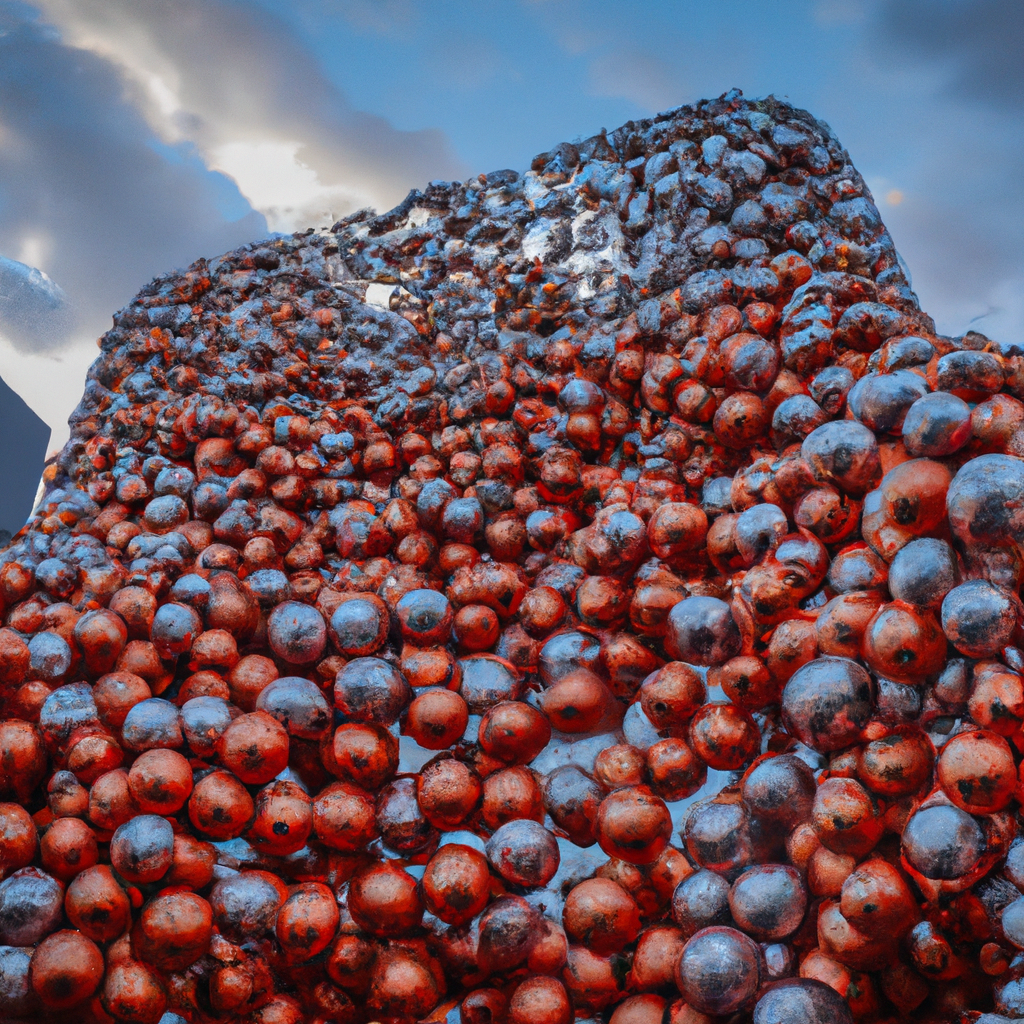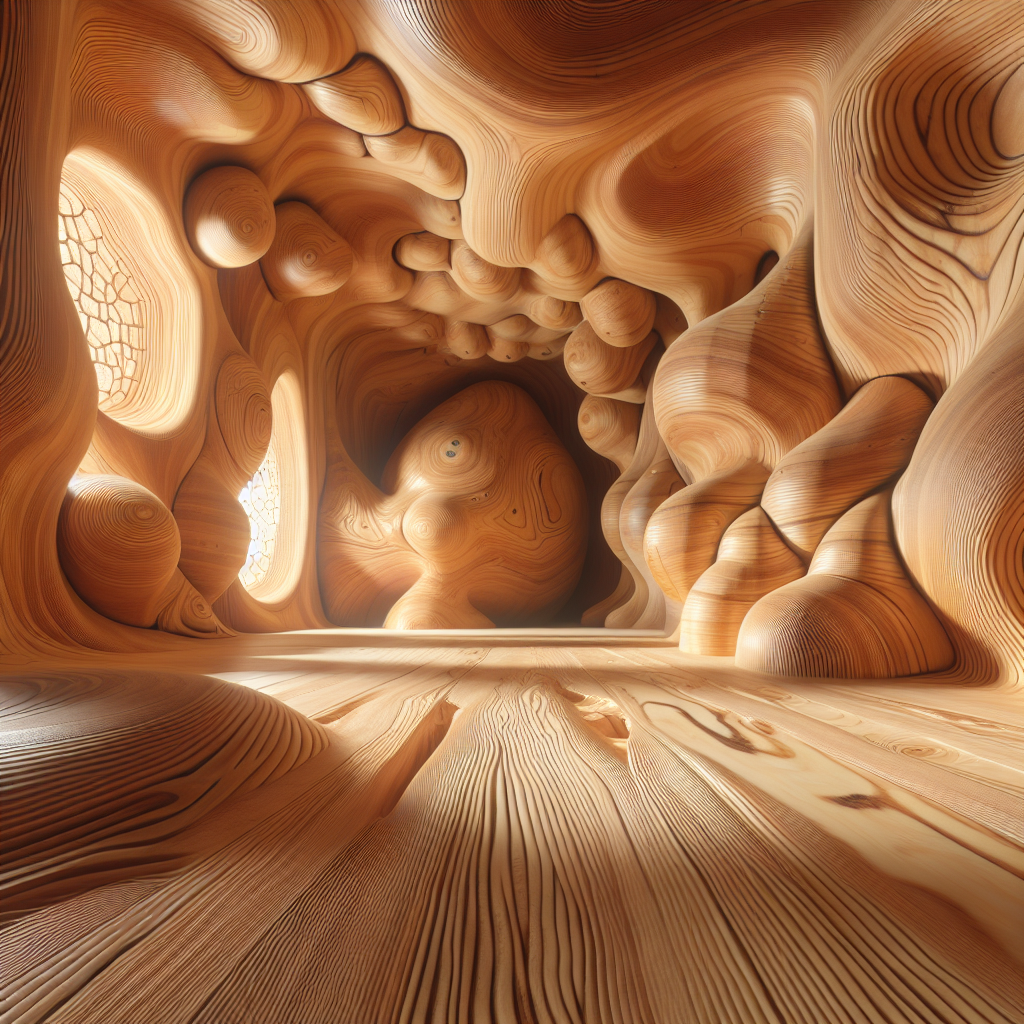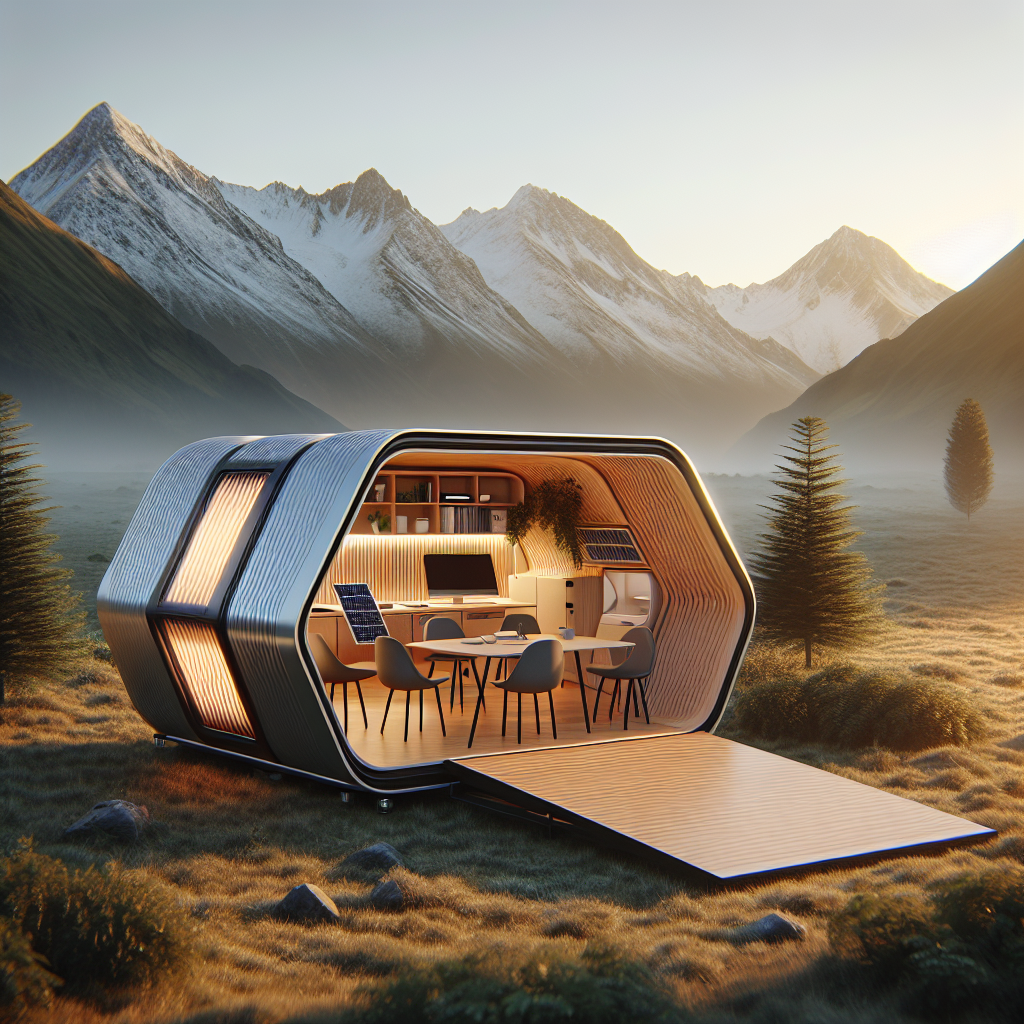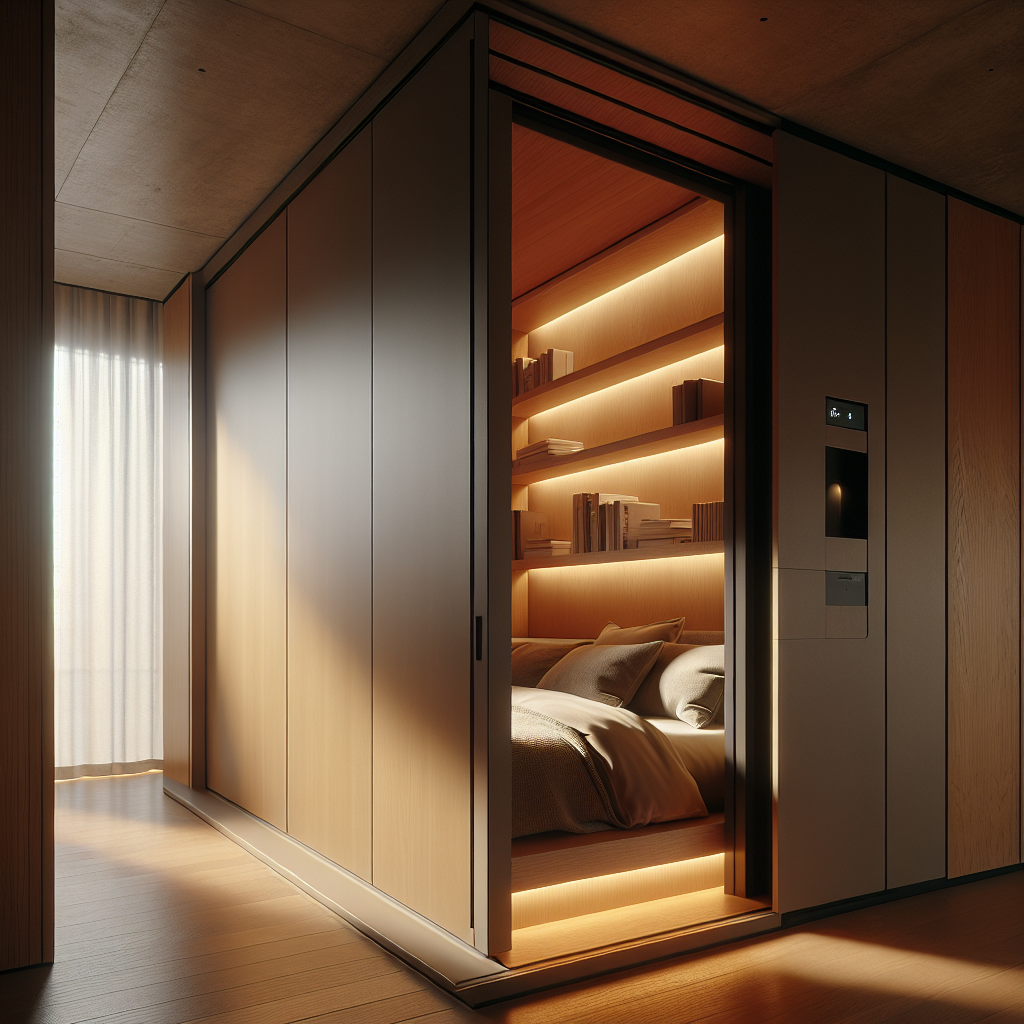The Power of Public Art: How Design is Transforming Urban Landscapes

Introduction
Public art is an influential tool that transforms urban landscapes, shapes our perception of the environment, and creates vibrant communities. In recent years, the integration of public art into architecture and urban design has gained significant attention, leading to exciting collaborations between artists, designers, and architects.
Transformative Power of Public Art
One of the most compelling examples of public art’s transformative power is the High Line in New York City. The High Line is an elevated park that runs through the Meatpacking District and Chelsea, built on an abandoned elevated rail line. The High Line’s design incorporates a wide range of public art installations, from murals to sculptures to performance art. These installations create a unique experience for visitors, making it one of the most visited attractions in New York City.
ArtScience Museum in Singapore
Another notable example is the ArtScience Museum in Singapore, designed by Moshe Safdie. The museum’s design incorporates a lotus flower-inspired structure with a glass roof that filters natural light into the building. The museum features a range of exhibitions that blend art, science, and technology. One of the museum’s most notable exhibitions is “Future World,” a permanent interactive installation that uses technology to create immersive experiences for visitors. The ArtScience Museum’s design and exhibitions have made it one of Singapore’s most popular attractions, contributing to the city’s cultural tourism.
Impact of Public Art on Communities
Public art has the potential to create a lasting impact on the communities it serves. The incorporation of public art into urban design promotes cultural diversity, stimulates local economies, and fosters a sense of community pride. As cities continue to grow, it is essential to prioritize the integration of public art into urban design, creating vibrant, inclusive, and sustainable communities.
Conclusion
The use of public art in urban design is a powerful tool that transforms urban landscapes, shaping our perception of the environment and creating vibrant communities. From the High Line in New York City to the ArtScience Museum in Singapore, public art has become a catalyst for the revitalization of cities, promoting cultural tourism, and enhancing the quality of life for residents. The integration of public art into urban design has the potential to create a lasting impact on the communities it serves, promoting cultural diversity, stimulating local economies, and fostering a sense of community pride.





